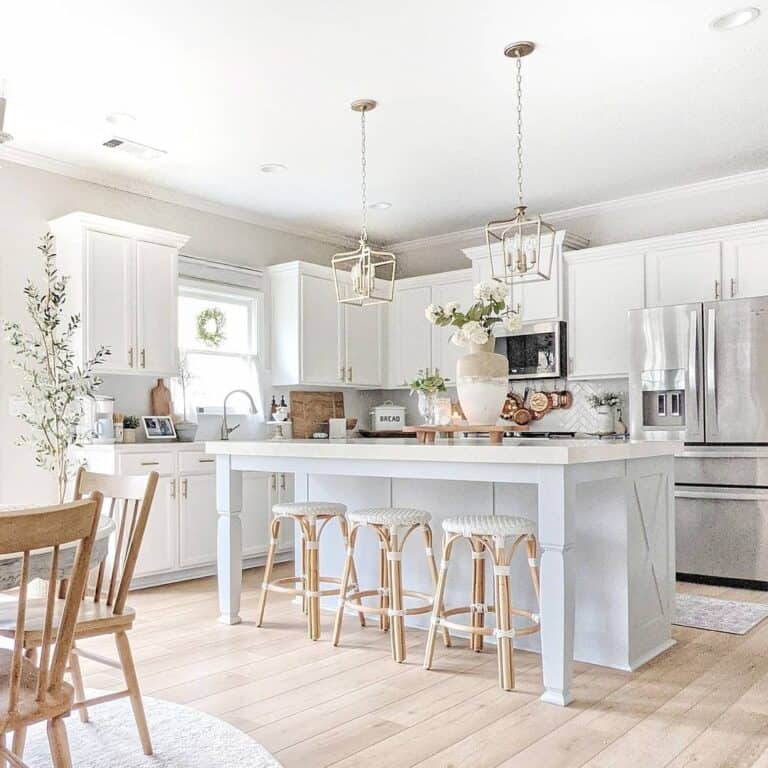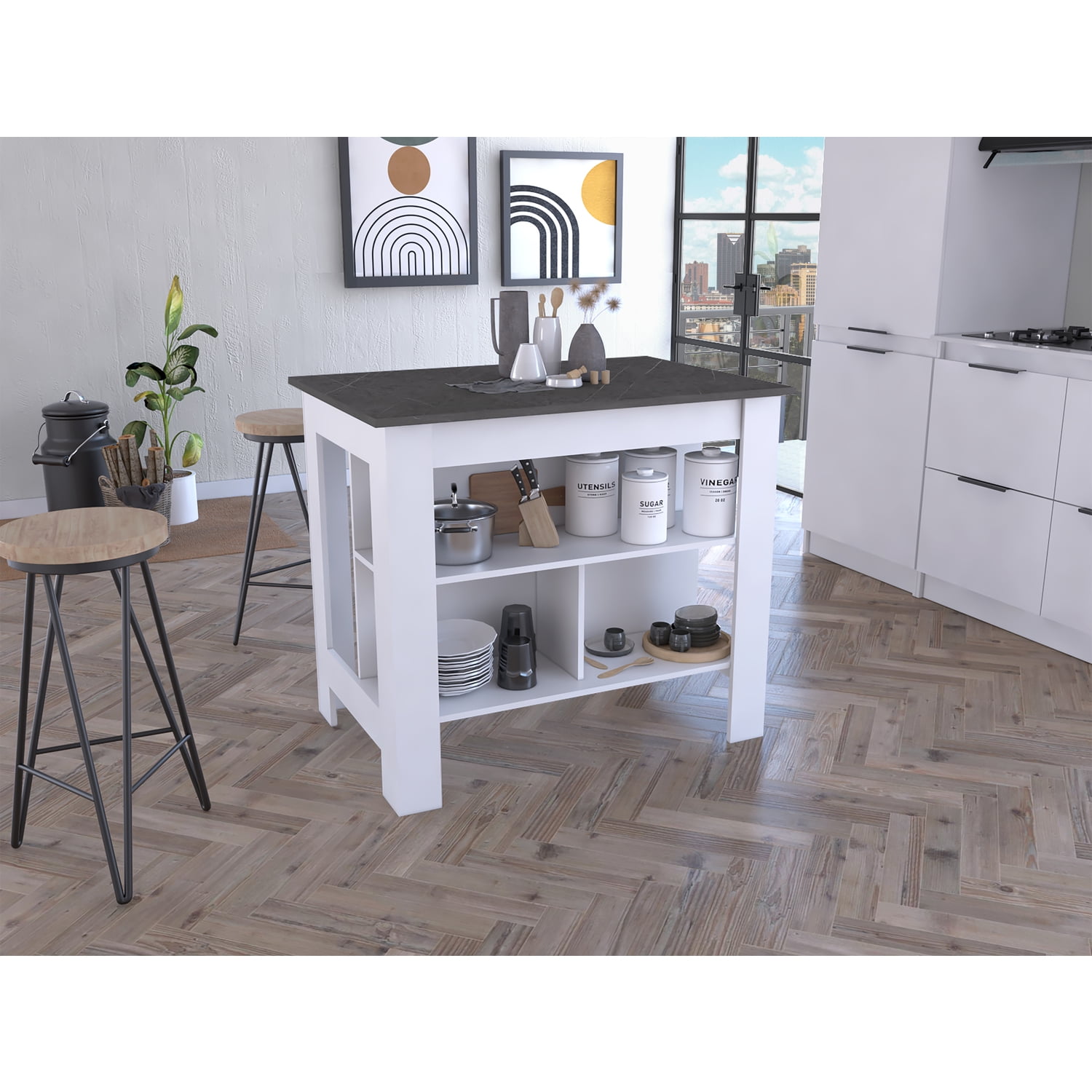An Overview to Choosing the Perfect Legs For Kitchen Island for Your Home
Picking the ideal legs for your kitchen island is a nuanced choice that influences both the capability and aesthetic charm of this central space. As you take into consideration these components, it comes to be obvious that the ideal legs can transform not only the appearance of your cooking area however likewise its usability for years to come.

Recognizing Cooking Area Island Legs
When choosing legs for a kitchen island, it's important to understand their aesthetic and useful roles in the overall layout. The legs function as a vital support group, making sure security and resilience for the island, which usually functions as an office, eating location, or gathering area. As a result, the selection of material and building and construction strategy must be robust sufficient to withstand day-to-day usage and potential wear.
Along with their architectural responsibilities, legs contribute considerably to the island's aesthetic charm. They can improve the cooking area's design, whether via typical, modern, or diverse layouts. The elevation and percentage of the legs are additionally essential factors to consider; they have to harmonize with the island's countertop elevation while making certain comfy seating for those making use of the room.
In addition, the leg layout can affect the general flow of the kitchen area. Open, airy leg styles can develop a feeling of lightness, while solid, substantial legs may communicate a much more grounded and secure visual - Legs For Kitchen Island. Recognizing these visual and useful facets will direct homeowners in making informed choices that match their kitchen area's style and enhance its functionality
Popular Styles and Products
The option of legs for a kitchen island includes a selection of prominent designs and products, each offering distinct features that can enhance both functionality and appearances. Conventional legs typically display ornate details and workmanship, boosting traditional cooking area layouts.

Height and Stability Factors To Consider

Security is one more vital factor to consider. The legs of the cooking area island must offer adequate assistance, making sure that the structure can hold up against daily usage without changing or tottering. Material choice plays a significant function in stability; metal legs, for example, have a tendency to offer better strength contrasted to timber. Additionally, making certain that the island is safely secured to the flooring or wall surface can improve security, especially for bigger islands that may birth considerable weight.
Matching Your Cooking Area Aesthetic
Selecting the best legs for your kitchen area island goes past capability; it also plays a significant duty in the total aesthetic of the space (Legs For Kitchen Island). When choosing legs, consider the design style of your kitchen.
Color is one more important variable. Legs that enhance or comparison with your island's surface area and bordering kitchen cabinetry can develop aesthetic consistency or striking prime focus. Coupling dark timber legs with a light marble kitchen counter can include depth and interest. Additionally, consider the coating of the legs; matte, shiny, or textured finishes can considerably impact the total feeling of the kitchen area.
Installment and Upkeep Tips
Setting up kitchen island legs requires careful focus to detail to ensure both security and aesthetic allure. Begin by choosing a suitable area for your island, ensuring it is degree and has adequate space for activity. If you are attaching the legs to a wall surface or using braces for added assistance, use a stud finder to find wall studs. Mark the placement of the legs properly before exploration.
When safeguarding the legs, use high-quality screws and, if required, timber adhesive for additional stamina. For steel legs, ensure that you are utilizing ideal anchors and tools to avoid damage to your flooring. It is a good idea to check for levelness after installation, making modifications as required to stay clear of wobbling.
Maintenance is similarly vital for longevity - Legs For Kitchen Island. Consistently check the legs for any type of signs of wear or helping to loosen, particularly in high-traffic locations. Clean the legs with an ideal cleaner, staying clear of unpleasant materials that might damage the surface area. For wood legs, consider applying a wood conditioner regularly to preserve their surface. By adhering to these installation and maintenance tips, you can guarantee that your kitchen area island legs stay both practical and visually attractive.
Conclusion
To conclude, picking the ideal legs for a cooking area island necessitates cautious consideration of height, stability, and visual compatibility. By selecting appropriate materials and designs that line up with the overall kitchen layout, performance can be enhanced while This Site maintaining aesthetic appeal. Proper installment and continuous maintenance even more add to the durability and long life of the kitchen area island. Inevitably, thoughtful leg selection plays a critical role in elevating both the usefulness and style of the kitchen area space.
When selecting legs for a kitchen area island, it's important to recognize their functional and aesthetic duties in the overall layout. Open, airy leg styles can develop a sense of lightness, while strong, substantial legs might share a more based and secure aesthetic. The legs of the kitchen area island need to offer ample support, making sure that the framework can endure everyday usage without moving or tottering.Mounting cooking area island legs requires cautious interest to information to make certain both stability and aesthetic charm.In Learn More final thought, picking the appropriate legs for a kitchen island requires cautious factor to consider of height, stability, and aesthetic compatibility.